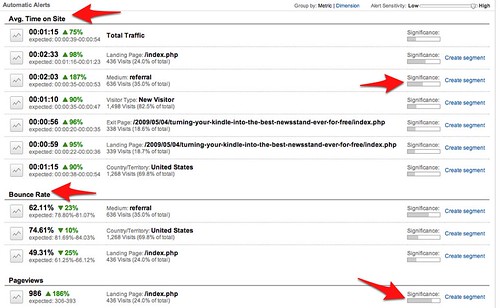Financial aid swansong: Mass. College Goal Sunday
It’s fitting that my last work in the world of financial aid was to volunteer at Massachusetts College Goal Sunday. This year’s CGS was significantly different for me personally than in years past for several reasons.
First, this is the first year I’ve presented at College Goal Sunday.
Second, this is the last time I’ll be working in the financial aid industry after my departure at Edvisors.
Third, the differences in the FAFSA and FAFSA on the Web worksheets this made for a more complex, more challenging College Goal Sunday than ever before.
Let’s start with the first – relatively late in the process of creating this event, I was asked to present for the Framingham/Metrowest site. I spent some time reviewing and editing the presentation beforehand, working with the national College Goal Sunday committee to make it a little more streamlined…
… but the projector at our site didn’t work, so I ended up winging it instead. The truest test of a presenter is when everything goes wrong and that lovely slide deck you made just flat out doesn’t work. How well do you know your stuff? I’m proud to say that having none of my slides didn’t compromise the presentation at all – and in fact might have helped because the audience then HAD to listen to me and couldn’t mix up their verbal brains trying to read slides and listen to me talk at the same time.
On the second point, I can say pretty much whatever I want now that I no longer work in the industry. This is rather liberating.
Here’s the biggest challenge that we had at this year’s College Goal Sunday. The form given to students and families, the FAFSA on the Web Worksheet, is basically not worth the paper it’s printed on. It’s supposed to make the FAFSA process easier and more friendly, but instead makes it deeply confusing and frustrating for many students.
If you look at the slide deck for presenters, there are half a dozen slides which are all labeled, “Important question not on the worksheet”. That the College Goal Sunday committee had to go to these lengths is a sad commentary on how poorly the government’s forms were created with regard to the online application. Things that are omitted? Well, for starters, questions like assets (cash on hand, in savings and checking – vital financial aid information) don’t appear anywhere on the worksheets but are in the online application. Someone just using the worksheets would be rather startled to be asked for a bunch of information that isn’t in their preparatory worksheets.
Other questions that are deeply flawed? One of the biggest showstoppers – and one that caused more than one FAFSA application to completely fail – is the question about income tax paid in 2009. Again, this doesn’t appear anywhere on the worksheets. However, the wording in the online application is incredibly vague:
“Enter the amount of your income tax for 2009”.
This single question caused more errors and blowups in the application than any other, of the families I worked with. What should the question actually say?
“How much did you pay to Uncle Sam in taxes (NOT withholding, not your annual income, not anything other than what’s on line 55 of your IRS 1040) last year?”
Very few of the families who completed the FAFSA got this question down in the first attempt. Many got to the end of the application and were confronted with an error correction screen saying that the numbers in their application didn’t add up.
Another doozy, one that can affect your financial aid significantly in some cases? There’s a question about your adjusted gross income in 2009. In the online application, there’s a “helpful calculator” which supposedly can help families estimate how much their AGI is. As far as I can tell, this calculator doesn’t do anything useful, which is a shame since there are several adjustments that CAN change your adjusted gross income, which in turn can change your financial aid eligibility, such as the tuition and fees adjustment or the student loan interest adjustment. None of these are accounted for in the online application.
There are also some interesting interface issues with the online version of the FAFSA, one of which is a dealbreaker of sorts for people looking for help. Along the righthand side of the application, there are floating help boxes that change contextually based on what question you’re on. Lots of students and families today said they couldn’t find the help system at all…
… because they thought those boxes were ads. They’re strategically located in almost the exact same spot as you’d run a skyscraper banner ad, and if you look at studies of how our brains interact with web pages, we nearly automatically ignore advertisements like banner ads.
I’ve nothing but positive remarks for the staff and volunteers for this year’s College Goal Sunday. As usual, everyone who volunteered did so out of the goodness of their hearts, giving up a Sunday afternoon to help students and families figure out the world of financial aid and get them started on that path. I commend the folks at MASFAA and its partners for continuing to make this important day happen every year. I just wish Uncle Sam made it easier for those families to get through the paperwork to accomplish their educational goals.
Finally, College Goal Sunday was a great note to end my career in financial aid on. Nothing’s better than helping other people, and that’s a great way to go out.
Stay tuned tomorrow at noon eastern time for where I’m going next…
Did you enjoy this blog post? If so, please subscribe right now!



Enjoyed it? Please share it!
Get this and other great articles from the source at www.ChristopherSPenn.com







